Trowel-skills workshop
- Home
- Trowel-skills workshop
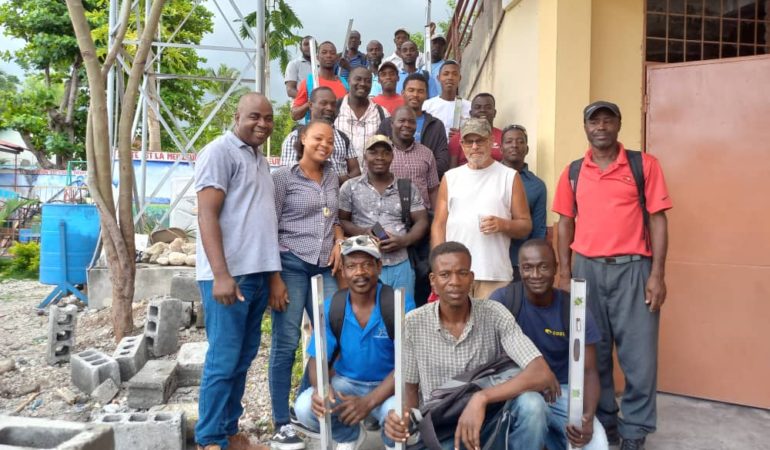
Trowel-skills workshop
Cause Description
Learning a skill takes practice. The trowel skills workshops are designed to demonstrate the skills necessary for professional competance.
The trowel skills workshops
Haitian Mason Project conducts workshops at job sites or soon-to-be job sites to teach basic trowel skills and block laying techniques for the local masons who will be working there. It always happens at these events that the majority of the experienced Haitian masons are extremely awkward with their first attempts to spread mortar properly for laying block. The prevailing method here is to plop a stiff and thick bed of mortar on the wall, then set a block on it and repeat. The blocks are laid with no head joint (the vertical line that separates the block) and then later, the masons fill the cavity between the blocks with mortar. This method is much slower and uses a lot more cement—plus, it looks unprofessional. For our workshops, we set up 2x6x8 planks on blocks while mortar is mixed. The masons watch my demonstration and then practice the techniques. First is to spread the mud on the 2×6, then take it off and do it again, and repeat. We work up to laying block, practice, take it down and do it again many times. I started trowel-skill workshops in 2013 for buildOn, an organization that builds schools in rural Haiti. In those early days, at Bèdimèl, I met Level (Le VEL, an appropriately named mason) who could do every skill correctly the first or second time after I showed him. Wow! I told the buildOn folks that Level had natural ability and that I would like to work with him more so that he could be an on-the-job-site example for proper techniques for the other masons. Level is now a masonry contractor and is my assistant instructor in the workshop we are doing in Guichard for Compassion International. The Haitian Mason Project trowel-skills workshops are not a substitute for the 3-year apprenticeship that is the norm in the masonry trade in much of the world, but it is a start toward improving construction practices in Haiti. A good friend of mine at The Lakou (www.lakou.org) does run a construction training program that uses both classroom and job-site training. We’re not competitors, but have similar objectives—the construction of safer buildings where disasters are frequent and employment through better skills in a country where jobs are scarce.
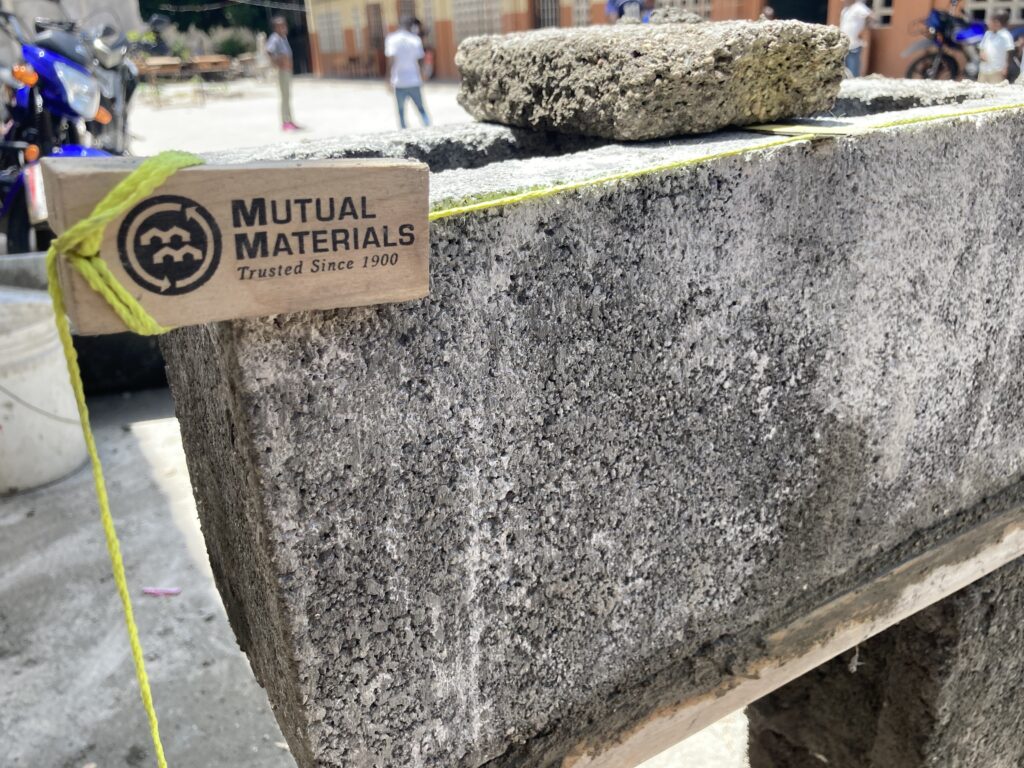
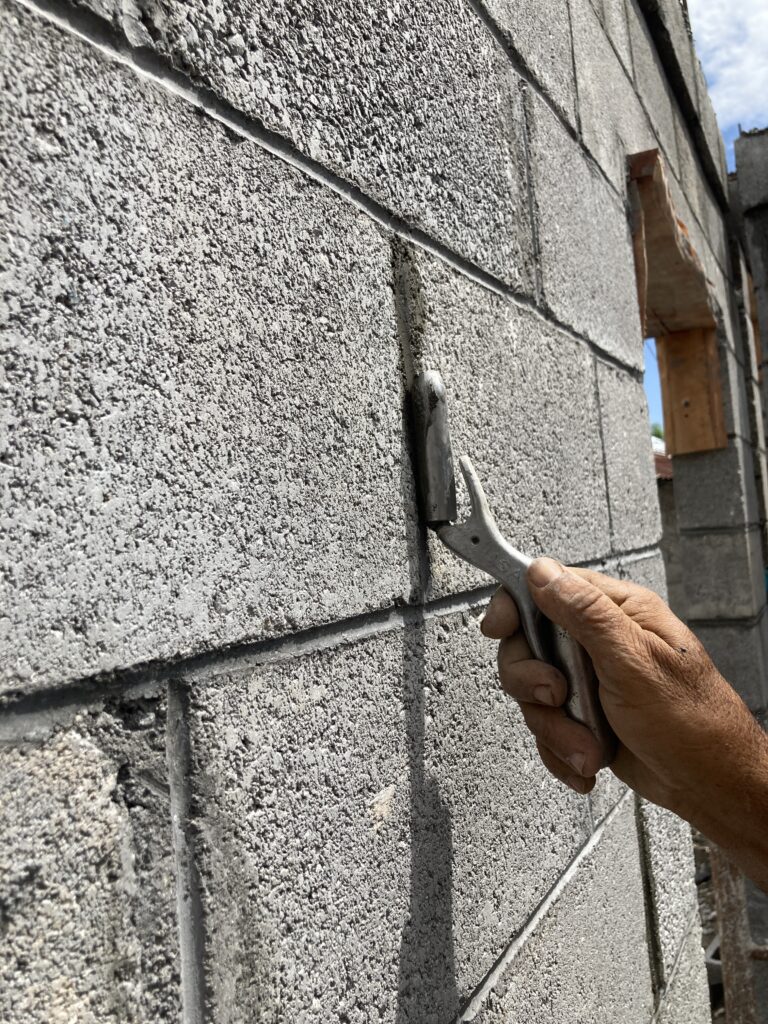


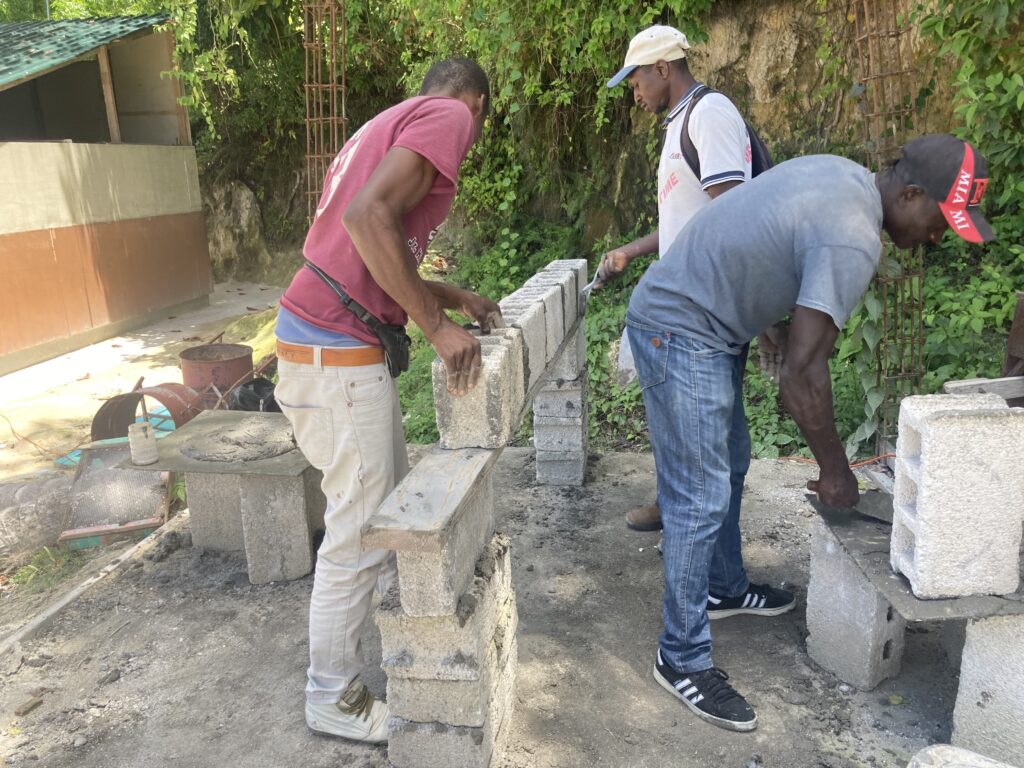
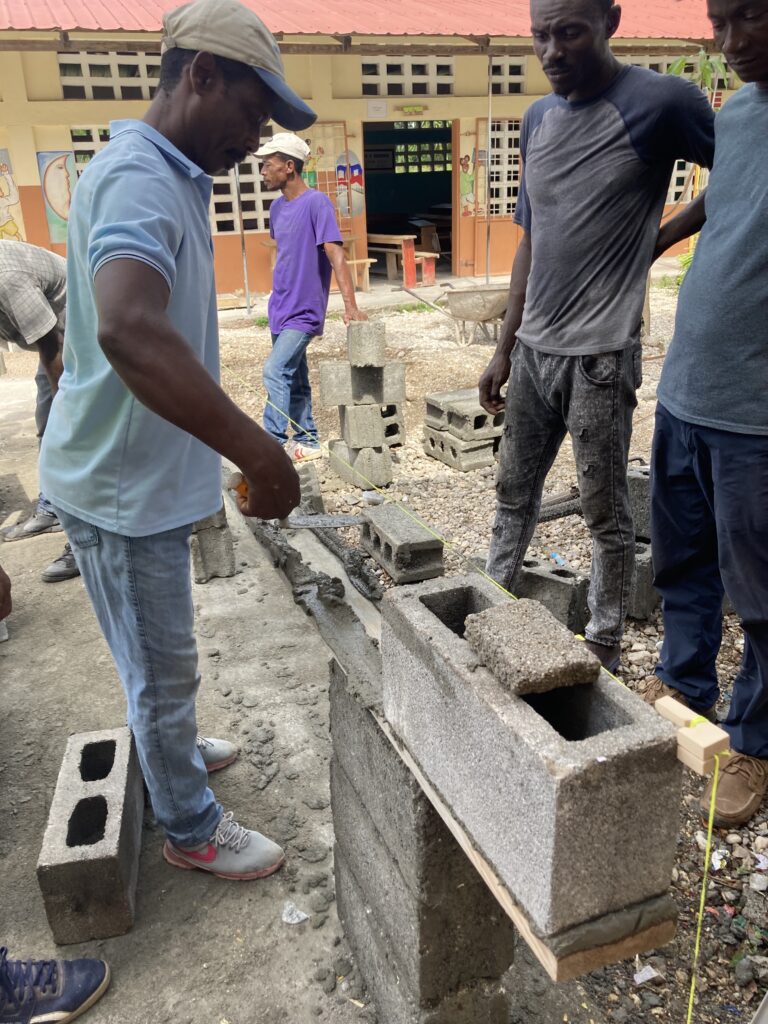



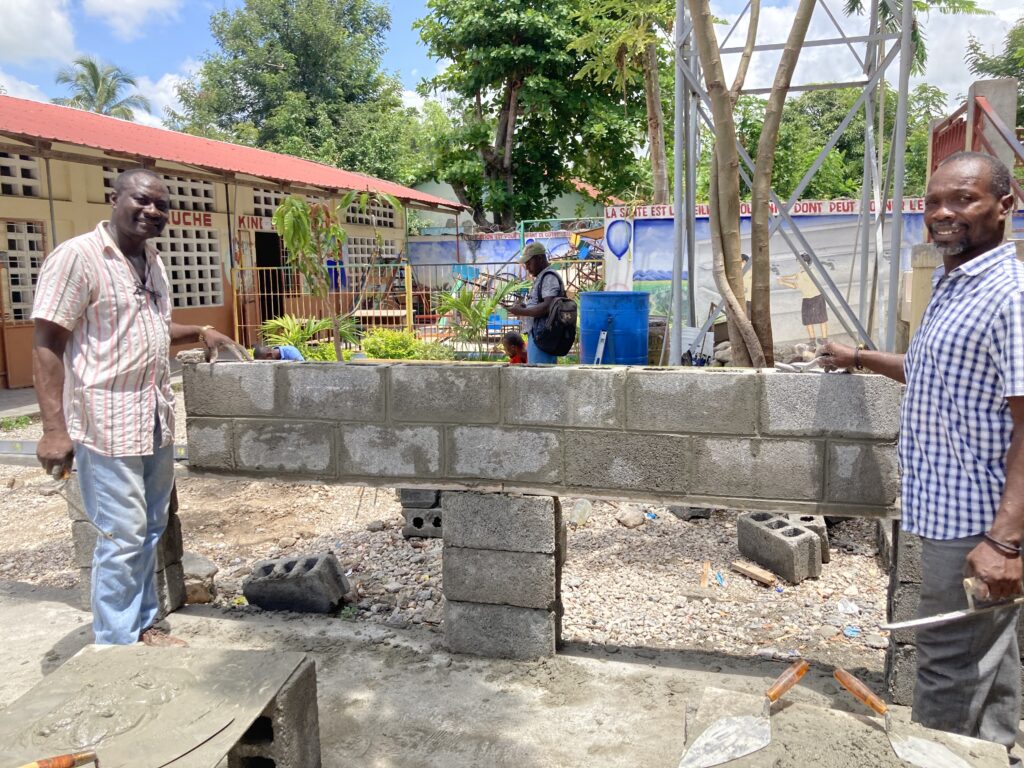
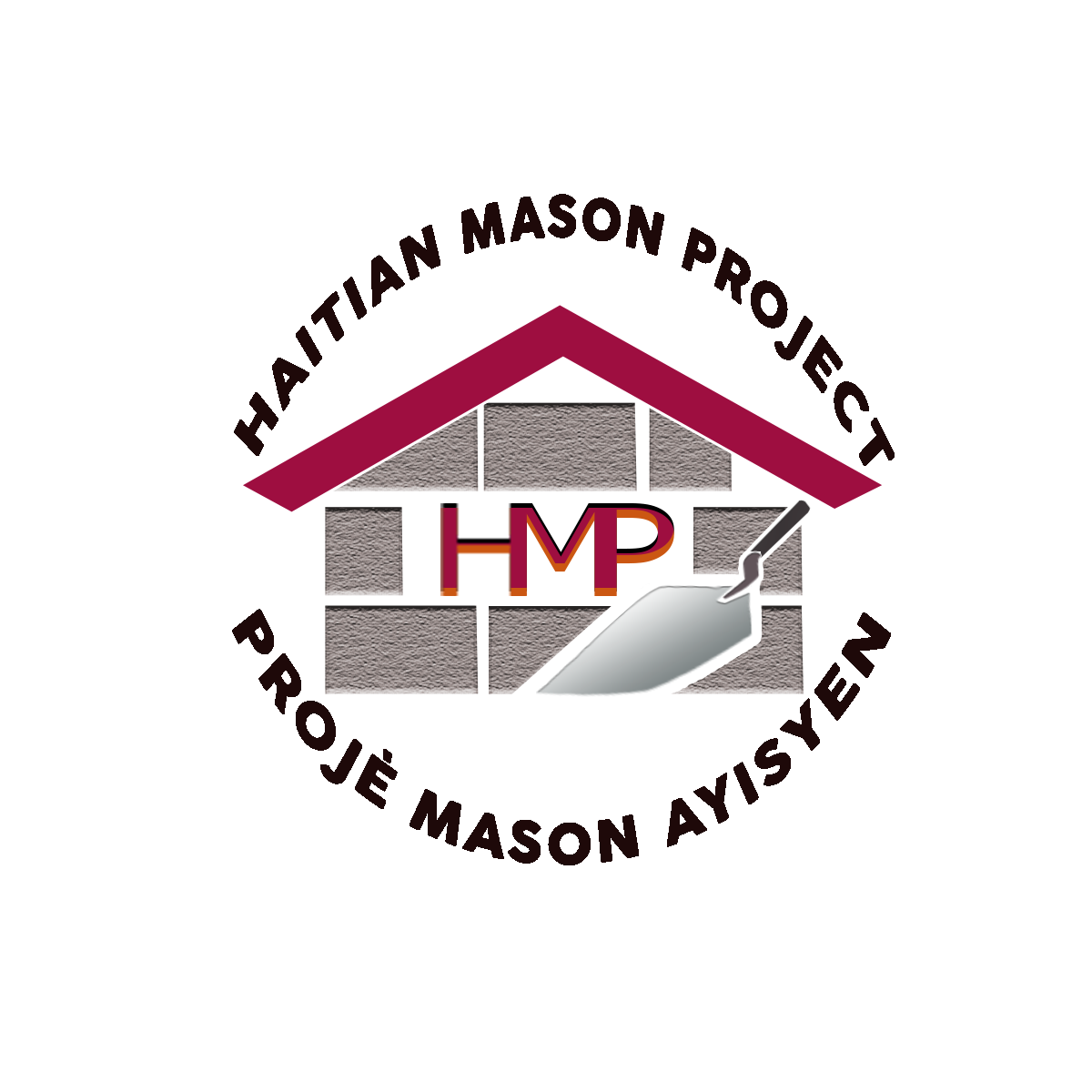
Leave A Comment